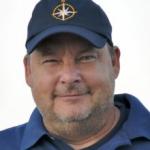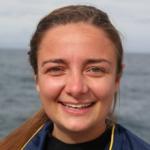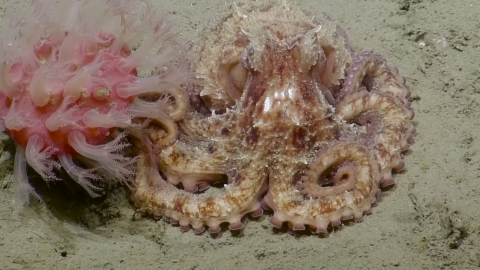Beneath the waves, the California coastline shares the same rugged topography as its shoreside parallel. Many submarine canyons cut across the continental slope, carrying shallow water life and shorebased nutrients efficiently into the deep sea. A stark contrast from the steady, sloping topography of the continental shelf, deep sea canyons provide steep gradients that provide a unique way to study biological communities and geochemical processes.
Many California seafloor canyons have been sampled and explored in depths shallower than 500m but little exploration has occurred deeper. Nautilus will explore the hardground communities from Bodega Canyon south to the Point Dume diving on canyons, rocky banks, terraces, and seamounts to survey the unique corals, sponges and sea life that inhabit these zones.
A component of this expedition will be to explore oxygen minimum zones along the Santa Barbara Basin and Channel Islands coastlines. These naturally hypoxic basins are home to significantly fewer infaunal organisms who normally drive sediment recycling. Exploring areas like these offers a unique opportunity to study paleo-climate at a high resolution by sampling lesser disturbed ocean sediments. Organisms adapted to these ecosystems are of special interest due to their success living in more acidic and less oxygenated water.
During this cruise, Nautilus will revisit a very large methane seep site initially mapped and characterized by the Corps of Exploration during the 2015 expedition. The ROVs discovered extensive orange, white, and grey bacterial mats, clam beds, and seeps within the oxygen minimum zone last year. The team will return to use sensors to geochemically map the seep site.








































